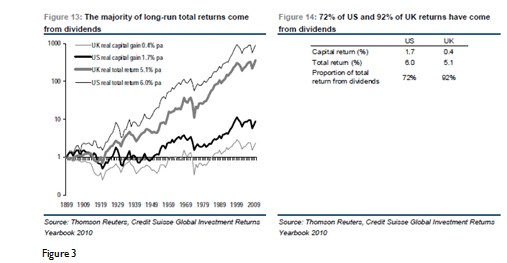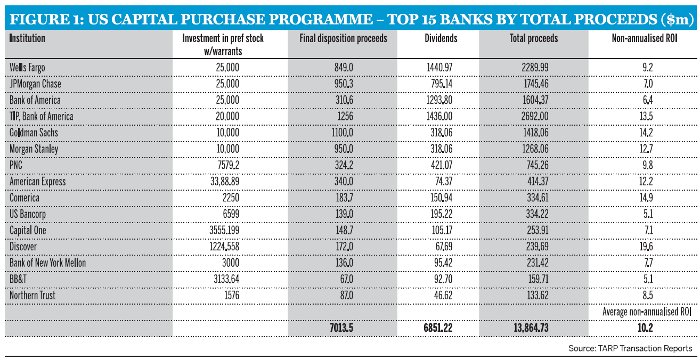The Global Finance magazine has published its list of the world’s 50 safest banks for this year. These banks were selected “through a comparison of the long-term credit ratings and total assets of the 500 largest banks around the world. Ratings from Moody’s, Standard & Poor’s and Fitch were used.” The magazine has published this annual listing for 19 years.
The World’s 50 Safest Banks 2010:
[TABLE=526]
Source: Global Finance
Some notable points from the ranking are:
- Of the six major Canadian banks, five are in this list.
- The “four pillar” banks of Australia – National Australia Bank (NABZY), Westpac Banking Corporation(WBK), Commonwealth Bank of Australia(CMWAY) and Australia and New Zealand Banking Group (ANZBY) have made it to the top 50.
- The tiny city state of Singapore is represented by three banks confirming the strength of the Singapore’s banking system.
- Some of the major British banks such as Llyods Group (LYG), Royal Bank of Scotland(RBS) and Standard Chartered did not make it to the list.
- Among the “Too-Big-To-Fail” US banks, Bank of America(BAC) and Citigroup(C) are also absent in the table above.
- Overall most of the safest banks are from developed countries.Despite the growth of many emerging market banks as global players such as the Chinese banks, none of them appear in the ranking.


